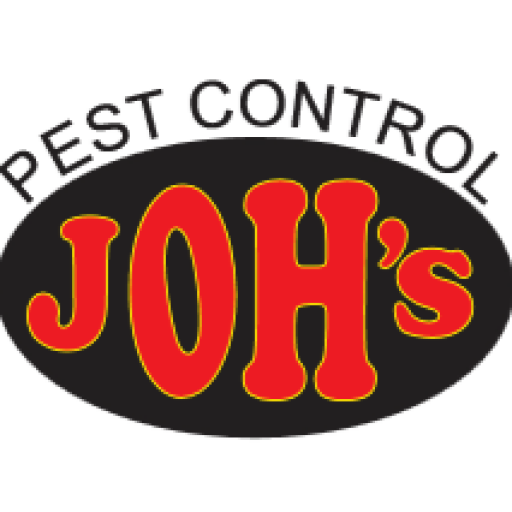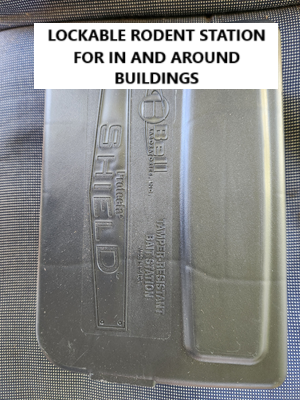
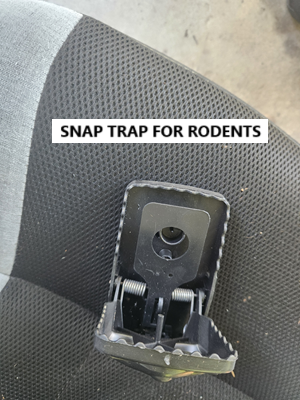

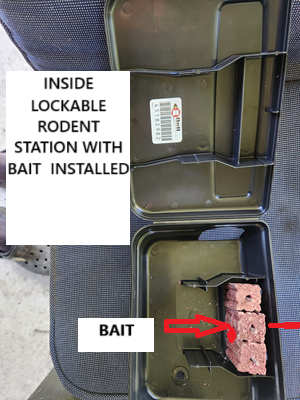
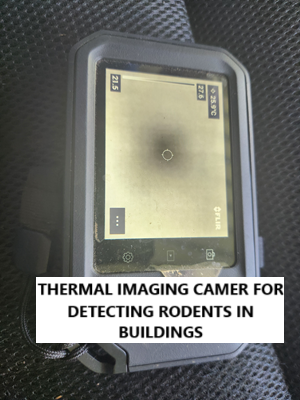
Effective rodent pest control relies heavily on a combination of gear and equipment designed to either trap, deter, or eliminate rodents in various environments. One of the primary tools in the arsenal of pest control professionals is the traditional snap trap, which captures rodents quickly and humanely. These traps are designed with a powerful spring mechanism that snaps shut when triggered, ensuring a swift kill. Snap traps are often placed in areas with high rodent activity, such as along walls and near food sources.
For more comprehensive rodent management, bait stations and rodenticides play crucial roles. Bait stations are specially designed enclosures that secure rodenticides and keep them out of reach of pets and non-target species. These stations are strategically placed in areas identified as rodent harborage, ensuring that vermin have easy access to the poison while minimizing risks to unintended wildlife. The rodenticides themselves come in different formulations, including anticoagulants and acute poisons, each serving specific scenarios. Pest control operators must exercise caution and adhere to regulations when using these substances, ensuring safe and effective deployment.
Beyond traps and poisons, preventative measures are equally vital in rodent pest control. Gear such as personal protective equipment (PPE) is essential for technicians who may come into contact with rodents or rodent droppings. PPE typically consists of gloves, masks, and coveralls, helping to reduce the risk of disease transmission. Additionally, inspection tools such as infrared cameras and motion detectors can aid professionals in identifying rodent activity and entry points. Ultimately, a combination of trapping, baiting, and preventative measures, accompanied by appropriate gear and equipment, allows for an effective and comprehensive approach to managing rodent infestations in residential, commercial, and agricultural settings.
